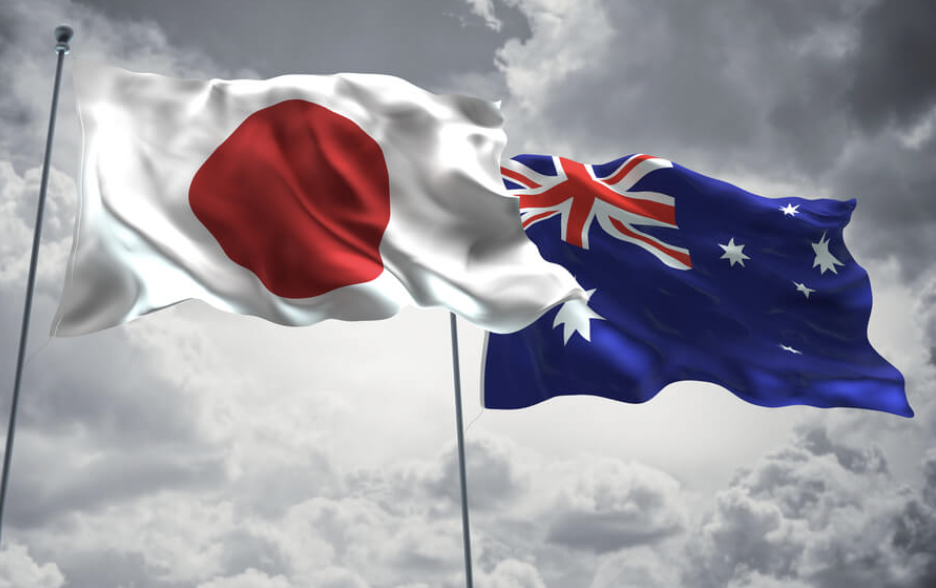
Alina Haynes
Feb 10, 2023 11:53

As a result of China's National Bureau of Statistics (NBS) releasing weaker-than-anticipated Consumer Price Index (CPI) (Jan) data, the NZD/USD pair has dropped precipitously below 0.6320. The annual inflation rate is 2.1%, which is below the consensus estimate of 2.2% but above the prior figure of 1.8%. The monthly inflation rate declined by 0.8%, but inflationary pressures rose by 0.7%.
China's Producer Price Index (PPI) revealed a 0.8% deflation, which is 0.8% worse than the 0.5% predicted deflation and 0.7% previous deflation. It indicates that enterprises are aggressively discounting their goods and services at the facility gates. This is symptomatic of weak household demand.
The Chinese government and the People's Bank of China (PBOC) may pursue expansionary stimulus and monetary policies, respectively, as the Chinese economy recovers following the lifting of economic regulations.
There is little doubt that the Chinese economy will experience a rise in inflationary pressures as a result of further stimulus driving commodities in a bullish path. After overcoming the pandemic, western and other Asian nations have witnessed a similar circumstance.
Notably, New Zealand is one of China's most important trading partners, and lower inflation will require further assistance, which will benefit the New Zealand Dollar.
Meanwhile, the risk mood is negative as investors become anxious in advance of next week's release of Consumer Price Index (CPI) data in the United States. S&P500 futures ended Thursday's session on a negative note, as the market thinks that the Federal Reserve (Fed) will soon hike interest rates. The US Dollar Index (DXY) has difficulty maintaining a value greater than 103.00.
Following the release of January's good employment report, an unanticipated rise in inflation cannot be ruled out. Consumer spending can be stimulated by an increase in consumer expenditure, which may occur from a rise in employment.


Feb 13, 2023 14:37